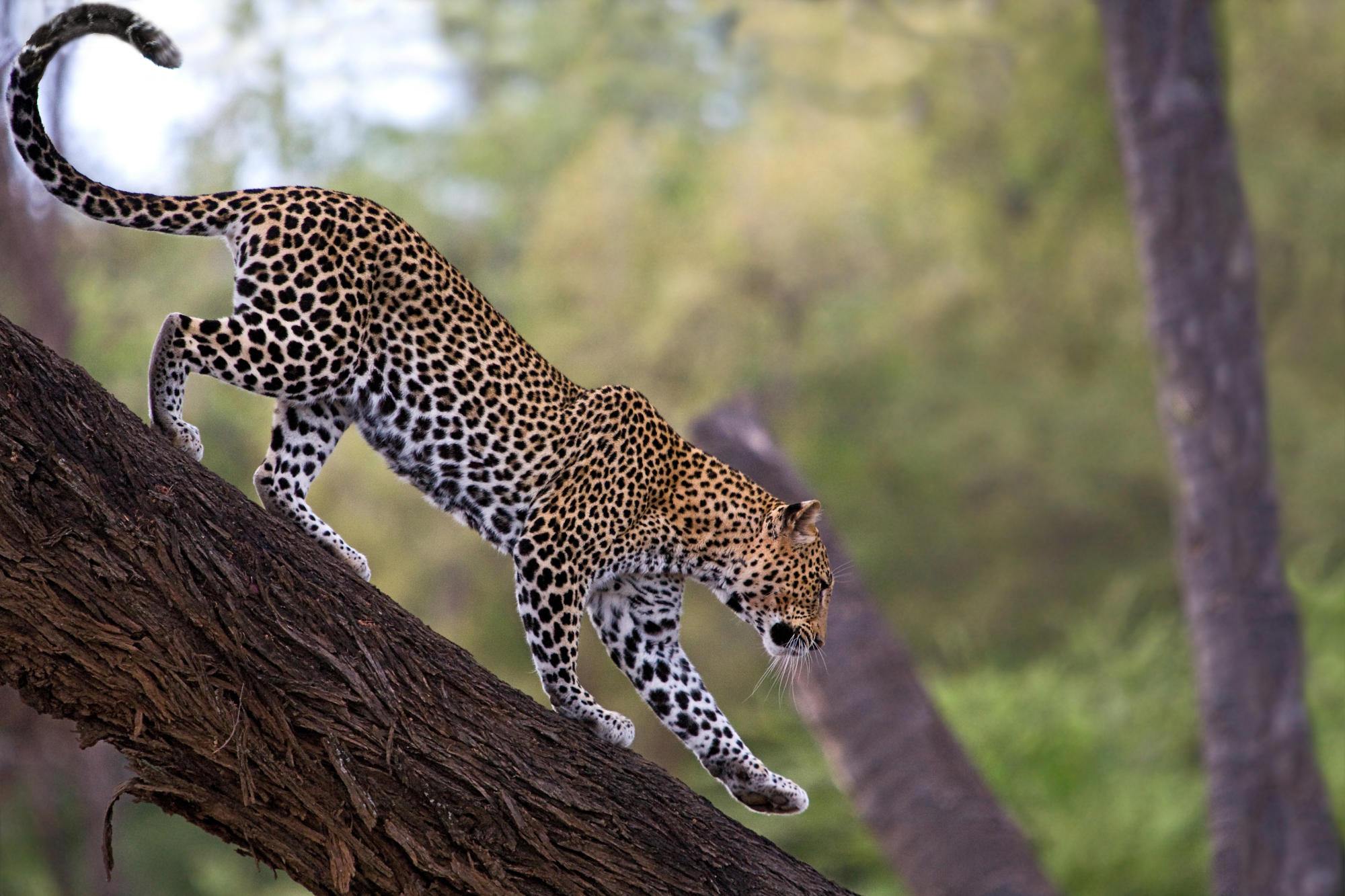The Astonishing Lifespan of the African Leopard: A Closer Look at Nature’s Elegance
The Astonishing Lifespan of the African Leopard. The African leopard (Panthera pardus pardus) stands as an iconic and elusive symbol of Africa’s diverse ecosystems. With its striking golden coat adorned with rosettes, this majestic big cat is not only a sight to behold but also a fascinating subject for scientific inquiry. One aspect that captivates researchers and wildlife enthusiasts alike is the lifespan of the African leopard. In this article, we delve into the intricacies of the leopard’s life, exploring its longevity, key life stages, and the various factors influencing its survival.
Average Lifespan:
The lifespan of an African leopard is typically around 12 to 15 years in the wild. However, factors such as environmental conditions, availability of prey, and competition with other predators can influence individual lifespans.
Life Stages: – The Astonishing Lifespan of the African Leopard
Cubhood (0-2 years): Leopard cubs are born after a gestation period of approximately 90 to 105 days. The mother provides essential care and protection during the first few years of their lives. Cubs remain dependent on their mother for nourishment and learn crucial survival skills through playful interactions.
Adolescence (2-3 years): Young leopards start honing their hunting skills during this stage. They accompany their mother on hunts and gradually become proficient in stalking and ambushing prey. This period is crucial for developing independence.
Prime (4-10 years): Adult leopards are at their peak during this phase. They establish territories and become solitary creatures, with males covering larger areas than females. Reproduction becomes a significant focus during prime years.
Senescence (10+ years): As leopards age, they may face challenges such as declining physical prowess and increased competition for resources. The ability to secure territory and prey becomes crucial for their continued survival.
Habitat and Range: – The Astonishing Lifespan of the African Leopard
African leopards inhabit a wide range of ecosystems, including savannas, grasslands, and dense forests. Their adaptability to diverse environments contributes to their success in various regions across sub-Saharan Africa.
Diet and Hunting:
Leopards are opportunistic predators with a diverse diet, including small mammals, birds, and even larger prey like impalas and wildebeests. Their ability to adapt their diet based on availability contributes to their resilience in the wild.
Threats to Lifespan:
Human-Wildlife Conflict: Encroachment on leopard habitats, poaching, and retaliatory killings due to conflicts with livestock pose significant threats.
Disease: Like other wildlife, leopards can be susceptible to diseases, which can impact their overall health and longevity.
Intraspecific Competition: Competition with other large predators, such as lions and hyenas, can influence the leopard’s ability to secure territory and resources.
Conservation Efforts: – The Astonishing Lifespan of the African Leopard
Efforts to conserve African leopards involve habitat protection, anti-poaching measures, and community engagement to mitigate human-wildlife conflicts. Conservationists also work to monitor leopard populations through research and tracking initiatives.
Conclusion/Remarks – The Astonishing Lifespan of the African Leopard
The lifespan of an African leopard is a testament to its resilience and adaptability in the face of various challenges. Understanding the intricacies of their life stages, habitat requirements, and threats they face is crucial for developing effective conservation strategies. As these magnificent big cats continue to navigate the dynamic landscapes of Africa, it is our responsibility to ensure their survival for generations to come.








